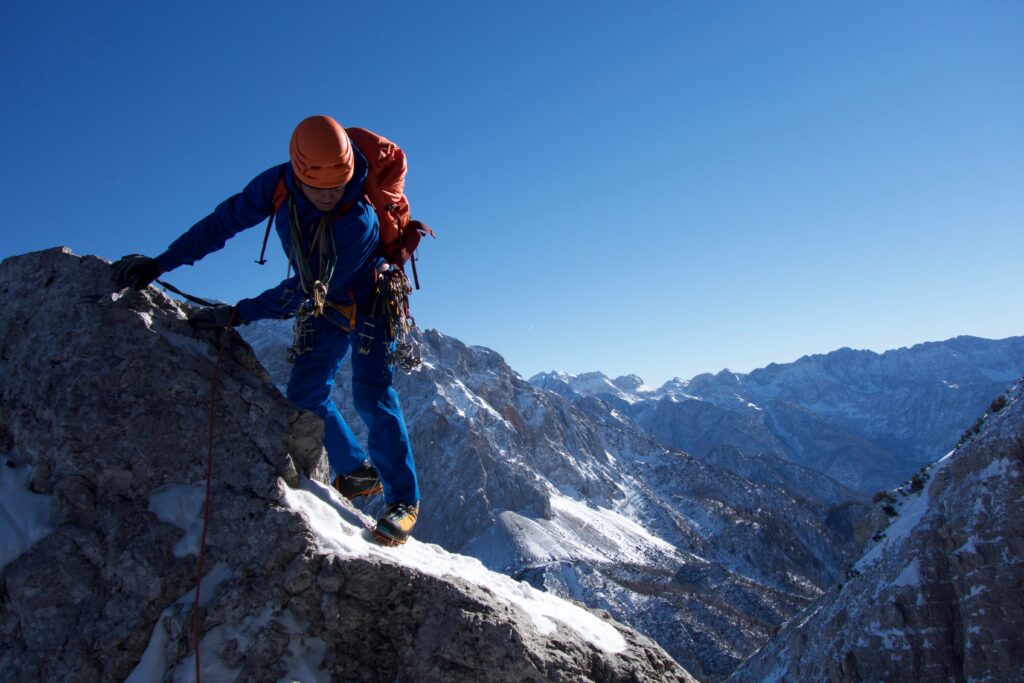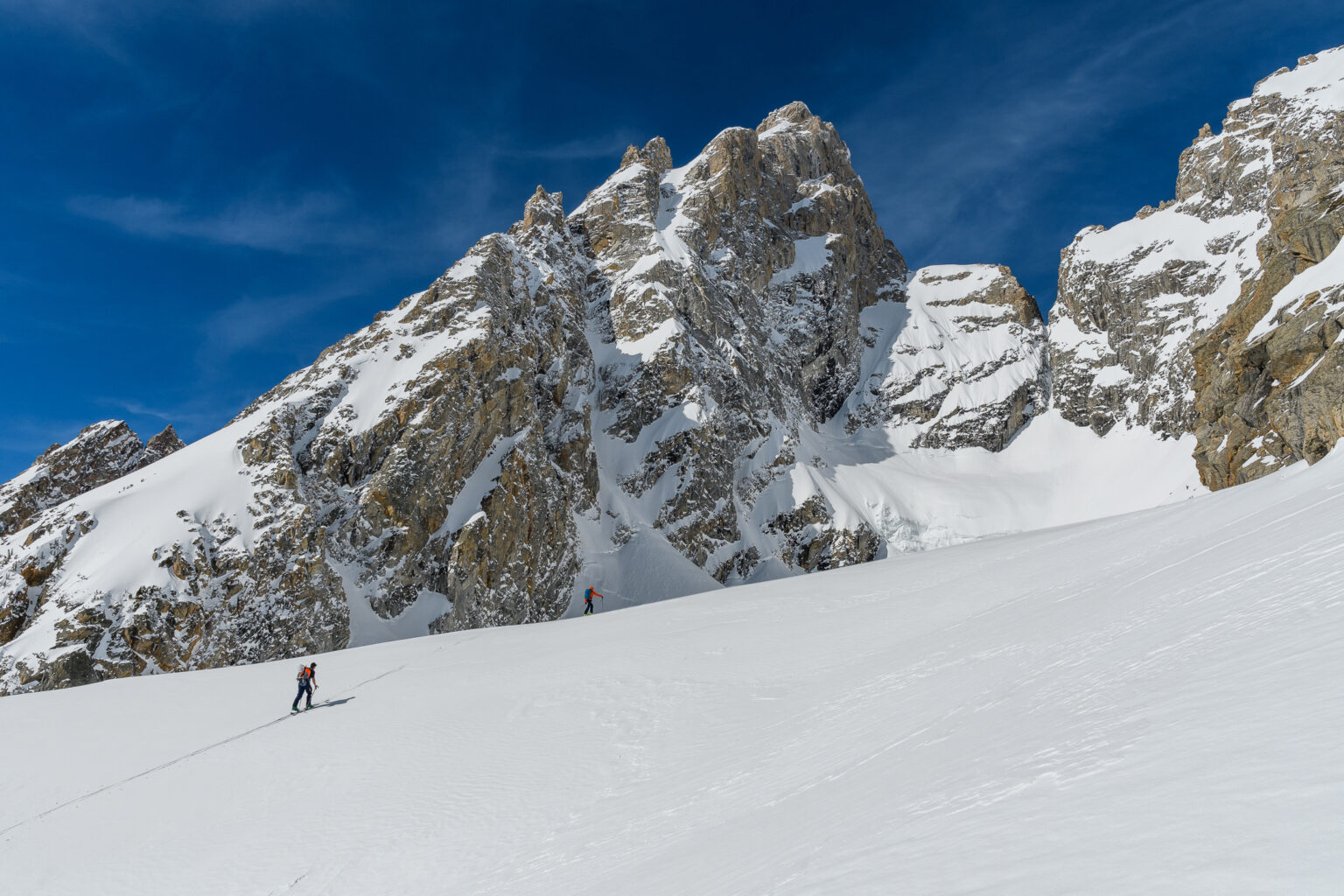Recently, xenon gas has made its way into the world of mountaineering and athletic performance. As someone who’s spent a lifetime studying high-altitude physiology and treating climbers in the most extreme environments on Earth, I want to offer a grounded, science-based perspective.
Let’s start with the basics. Xenon is a rare noble gas, naturally occurring in the atmosphere at about 1 part per 10 million. It was discovered in 1898 and initially used as an anesthetic. In fact, it is still used today in some countries like Russia for its anesthetic properties. When administered by a trained anesthesiologist, it is safe, though prohibitively expensive for widespread medical use. Physiologically, xenon is thought to act on NMDA receptors in the brain—similar to nitrous oxide and ketamine—and can induce unconsciousness and pain relief.
Somewhere along the line, researchers discovered that xenon could stimulate the body to produce erythropoietin (EPO), the hormone responsible for red blood cell production. This caught the attention of athletes and anti-doping agencies alike, and after the Russians used it at the Sochi Olympics, the World Anti-Doping Agency (WADA) banned it. However, the leap from elevated EPO to improved performance is more complicated than it seems, and no published study has shown that it improves performance, at any altitude.
WADA funded a study by Drs. Justin Lawley and Ben Levine to examine xenon’s effects more closely. Yes, xenon did produce a temporary increase in EPO levels. But in their four-week study with athletes at low altitude, there was no measurable improvement in hemoglobin or athletic performance. So, the science is still inconclusive—and in my view, far from established.
Regarding its possible role at high altitude, a critical point often overlooked is that an increase in red blood cell count and hemoglobin, while it may help up to 4-5,000 meters of altitude, becomes less relevant above that. What matters more is how much oxygen your hemoglobin is actually carrying. In other words, oxygen saturation is king at extreme altitudes, not the quantity of red cells. The key to a higher oxygen saturation at altitude is the increase in breathing. In fact, a main benefit of pre-acclimatization is not the increase in hemoglobin but the jump-start in ventilatory acclimatization, the process by which the body over a few weeks gradually increases breathing while the kidneys adjust the resulting pH changes. The assumption that more red cells automatically translate to better performance on Everest or Denali is a misconception. Successful acclimatization is all about breathing.
The main benefit of pre-acclimatization is not the increase in hemoglobin, but the jump-start in ventilatory acclimatization.

What might be more intriguing than an effect on EPO are xenon’s potential protective effects on the brain and organs during episodes of limited blood flow—such as during a stroke or cardiac arrest. Animal studies show that xenon can help preserve tissue in these situations. That’s fascinating and warrants further study. But this is very different from saying it protects against hypoxia in mountaineers. Having low blood oxygen with normal or increased blood flow is not the same as having no blood flow at all.
Now, let’s talk about risk. Administering xenon improperly is potentially fatal. We’re talking about a gas that can put you to sleep in less than a minute at high concentrations. You don’t want to experiment with this stuff in your garage. Safe use requires a trained physician, an anesthesia machine, a medically controlled setting, and careful dosing. This cannot be overstated.
As for practical use in the mountains? At this point, the only “data” we have comes from one individual: Lukas Furtenbach, who claims xenon has enhanced his team’s performance. I respect Lukas and his willingness to innovate, but from a scientific standpoint, we need controlled studies before we can say anything definitive. His results, while intriguing, are anecdotal.
Ethically, I don’t have strong opinions about climbers using xenon, just as I don’t object to people using oxygen or Diamox, which both improve safety. Mountaineering is, at its best, an expression of individual freedom. But I do believe in transparency. If you use oxygen or pharmacological aids, be upfront about it. Don’t claim a purist ascent if your approach was aided.
At the end of the day, there is currently no proven shortcut to acclimatization. The body adapts slowly. Improved performance at high altitude requires time, patience, and respect for the mountain environment. If your motivation is personal growth and exploration, then take the extra week or two to acclimatize properly. If your time in the mountains is too short for natural acclimatization, a hypoxic tent is less efficient and needs to be used for 1-2 months, but will help the process. If your goal is efficiency at all costs, then understand the risks—and be honest about the methods you’re employing.
We need more research, better funding, and a cautious approach to integrating any new technology or drug into high-altitude practice. Xenon is a fascinating gas, but it remains unproven in the world where it matters most to me: the thin air above 8,000 meters.
Until then, I advise caution, respect for the science we do have, and, as always, respect for the mountain.
Xenon is a fascinating gas, but its effects on performance remain unproven.
Dr. Peter Hackett is an altitude research pioneer, board-certified emergency physician, and the leading authority on high-altitude climbing and the effects of altitude on people living and working in the mountains. In addition to his clinical and research experience, Dr. Hackett is a high-altitude athlete and the third person to have summited Mount Everest in a solo ascent.
Further Reading
- If you’re interested in learning more about well-documented acclimation strategies, listen to our podcast episode Acclimatization Strategies, Part 1: Foundations and Moderate Altitude with high-altitude expert Martin Zhor.
- Tune in with dietitian Alyssa Leib for an episode on Nutrition Considerations for Altitude.
- Listen to host Steve House interview Dr. Peter Hackett in the first of a two-part podcast series on xenon gas.

